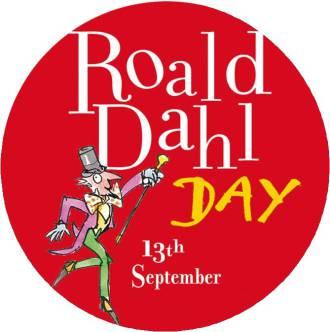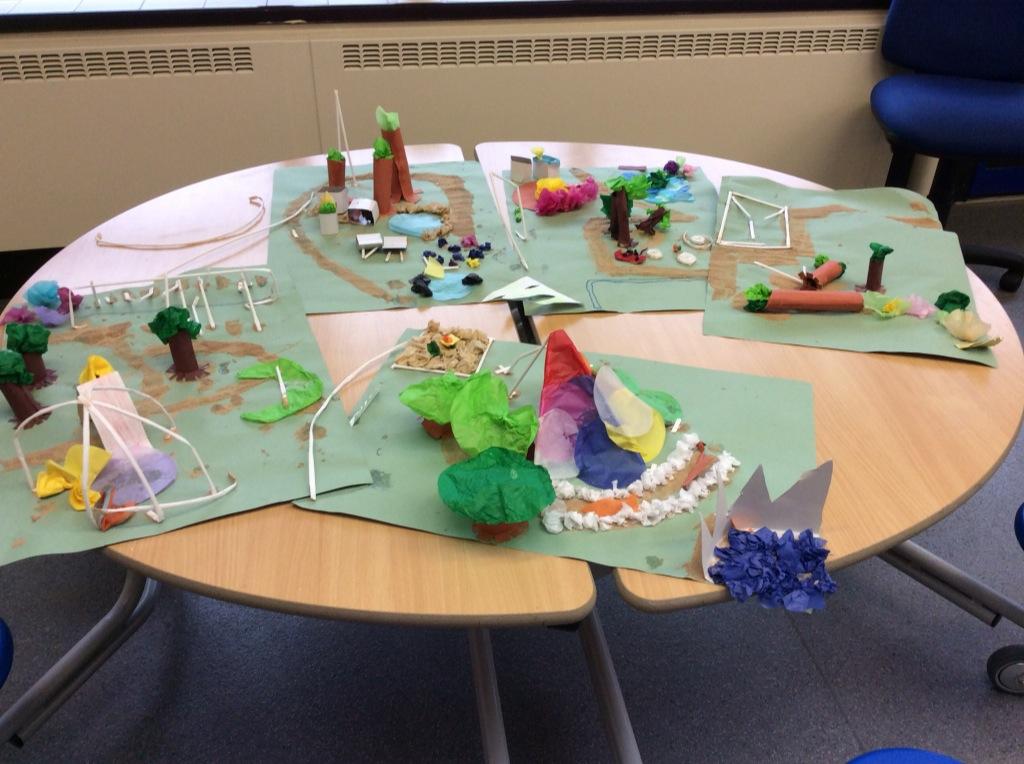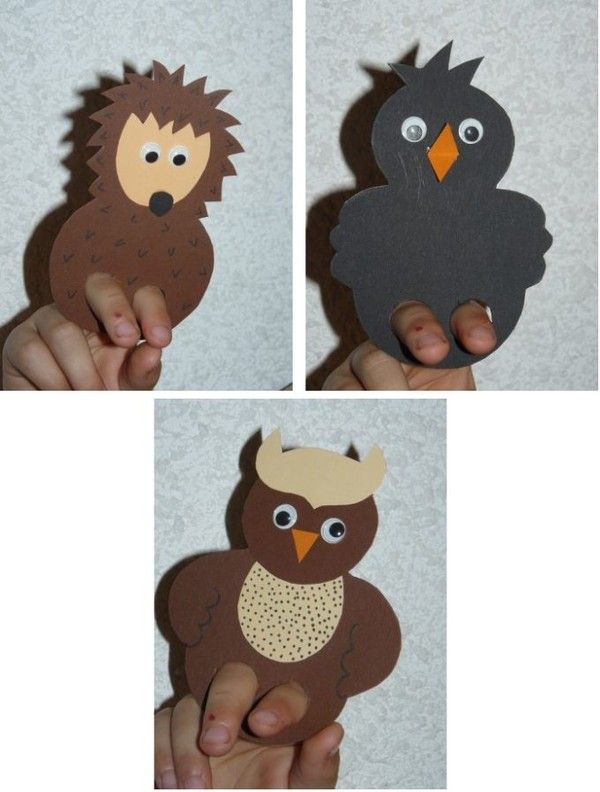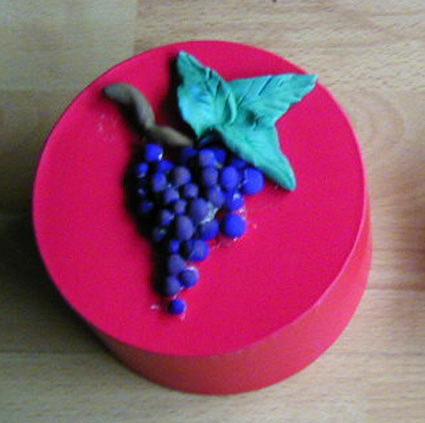Here is the link to the description of the book by James Kruss the author.
The description is in English and the clues are in this text as to why I think this book could help us primary practitioners to link work by our older children in Year 6 or also as a transition project between Year 7 and KS2 children
Exactly as the description says the simple instructional rhymes linking letters,shapes,actions and animal sketches allow the children to create a veritable zoo of animal sketches that dance across the page!
The grammar included is present tense, commands, present participles ,use of nouns ...
I can see how the language used to draw the animals can take young learners of a target language - who have progressed through two,three years of target language learning -on to the next stage of sentence structure, because they want to be able in the first instance to understand certain instructions to draw the animals and then move on to create their own instructions.
Language focuses I can see in the simple instructional rhymes are as follows:
- sounds of the alphabet (for a practical creative purpose- using the letter shapes to create the animal shapes)
- recognition of sound patterns and rhyming links to create the rhymes and the rhythm of theses instructional texts
- identifying and understanding commands
- reading comprehension - trying to understand and draw objects from the original text or from a text created and then written or spoken by a partner in the class
- creating simple written rhymes
- recognition and recall of names of animals
- locating and using nouns of different objects to create new rhymes about different objects e.g clothes items/foods/furniture etc
Transition Idea!
So how can I see such activities being useful ways of developing projects between Y6 and Y7 pupils?
- One year group creates and writes(in the target language) the instructional rhymes to create a series of objects.
- The texts are swapped with the other year group and the children must read ,understand and then draw the creations in the written texts.
- It may be that one year group reads and responds only or maybe that both year groups write,read and respond to texts!
- Different levels of grammatical challenge can be set for the Year 6 and the Year 7 pupils.
- With Year 6 children can be encouraged to include commands, nouns,interesting and descriptive present tense verbs and pay attention of possible to the rhyme and rhythm.
- In Year 7 the expectation could be that the pupils should have specific structures etc included in their rhymes.
Drama and Art activities
You may already know that I love Drama and can see opportunities with this book and the rhymes to create performance opportunities:- A performance of zoo animals that appear before our eyes as the children in pairs or groups become the shapes,actions etc to form their animals
- Physical drawing in the air as if we are artists at the zoo of the animals - in the style of different artists!
- Spoken presentations that bring the rhymes they have explored or created to life- voice,cadence, rhythm, actions.....



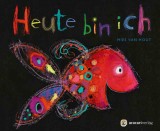








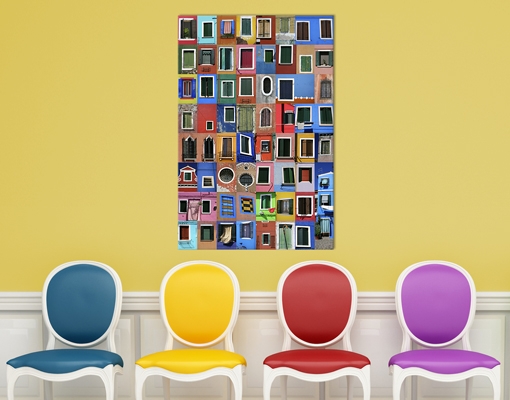

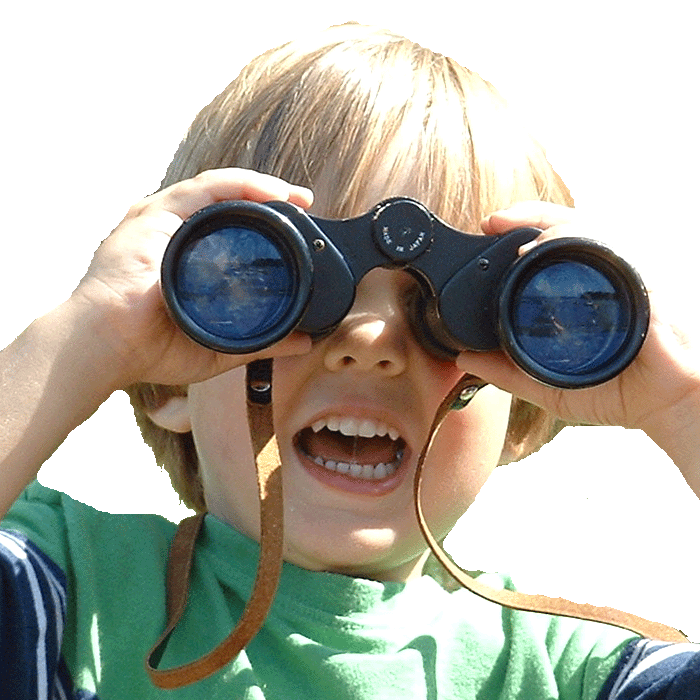





.JPG)






